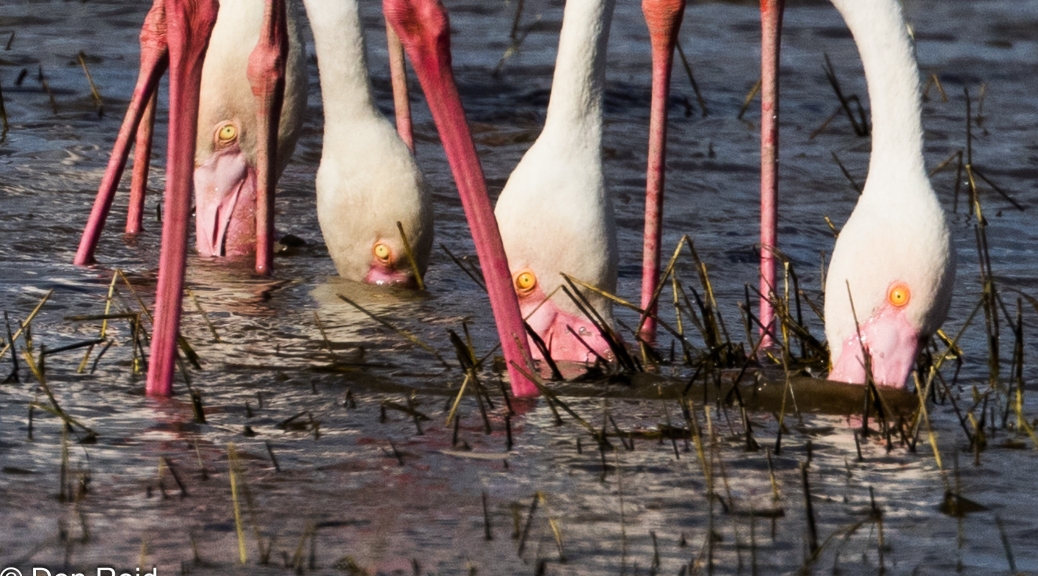Moving home from Pretoria to Mossel Bay during the year took a lot of our energy and meant we travelled less than usual – so much so that we didn’t even manage to fit in a trip to one of our national parks, the first time this has happened in many years!
Nevertheless my photo library increased by some 1500 images, and for this retrospective I have selected 50 images which appeal to me for various reasons.
An unexpected mid-year trip to Scotland for a week was a wonderful opportunity to boost my photo library and try out my new mirrorless camera to its full extent – my verdict is it met all my expectations once I had mastered the myriad settings available.
The brief comments tell a bit of the story of each image. So to start with ….
The Places
Starting at home – one of the pleasures of living on a golf estate is having the golf course to yourself after the last golfers have left – it’s ideal for long walks and an added bonus is the small herd of Springboks that also enjoy the peace and quiet without golf balls flying about
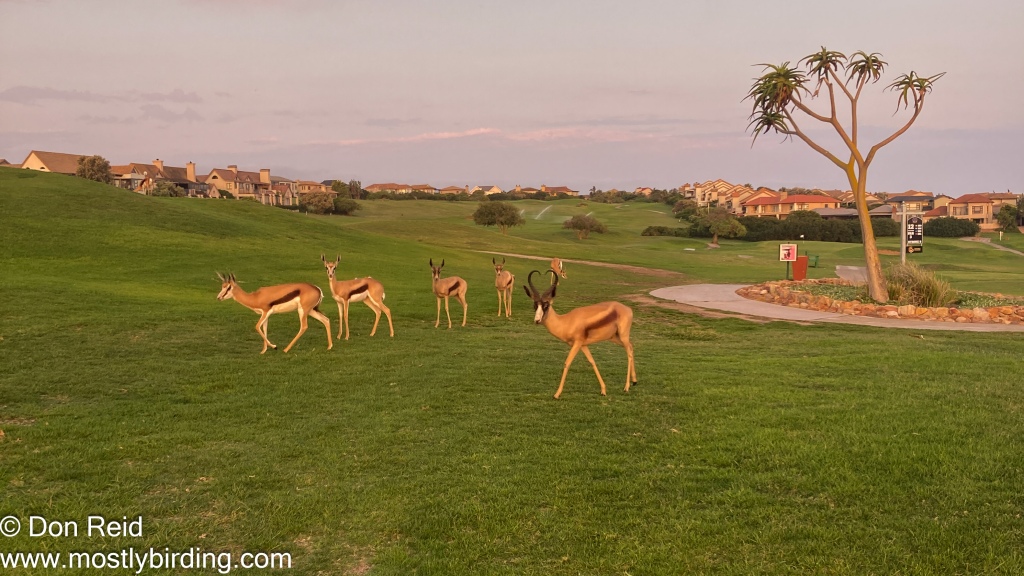
Hoekwil Forest near Wilderness, also known as Big Tree Forest, is one of my favourite spots for forest walks and birding, presenting scenes like this along the trail
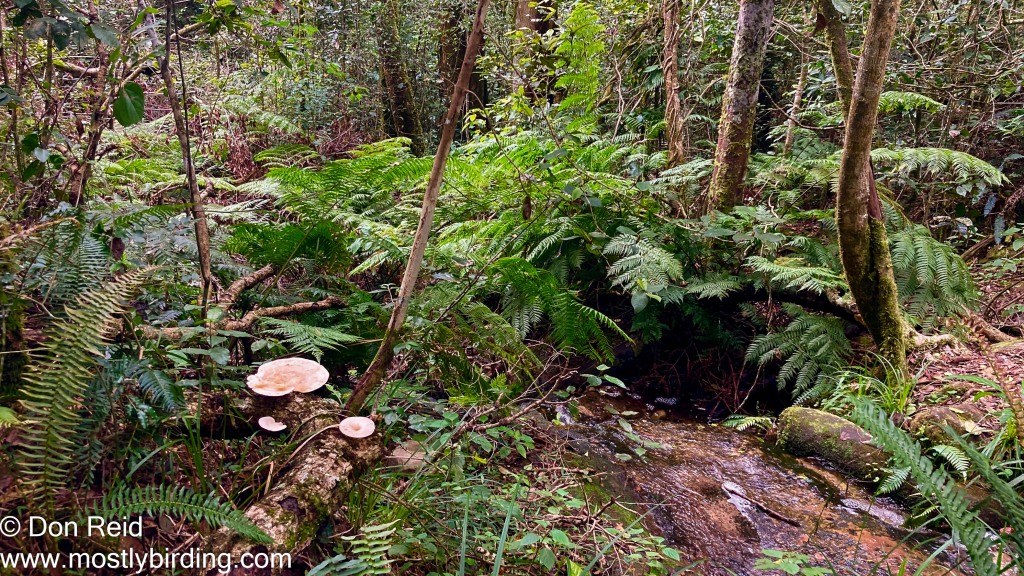
A trip to Fransmanshoek (“Frenchman’s Corner”) just a half hour’s drive from Mossel Bay is always worth it – the rugged coastline and big waves make for spectacular coastal scenery on a windy day
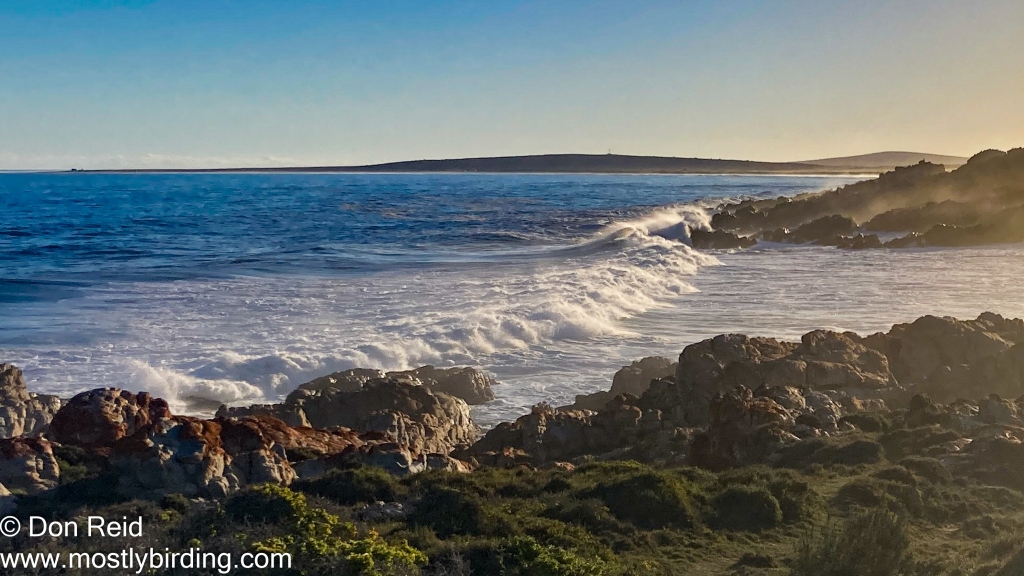
Back in March, Gerda’s relative Anlia sent us this photo taken early morning on their farm near Vryheid in Kwazulu Natal – I was immediately blown away by the colours and texture of the scene – almost akin to a Monet Impressionist painting, don’t you think?
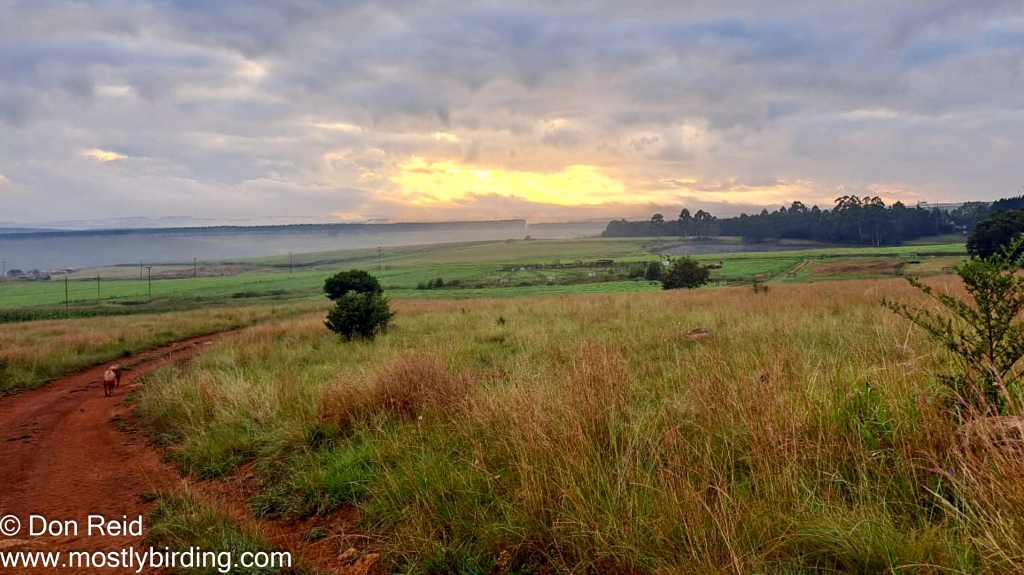
It’s impossible to go through a year without taking photos at The Point in Mossel Bay on a day of high seas, capturing (hopefully) the drama of the sand, sea and sky that such days produce
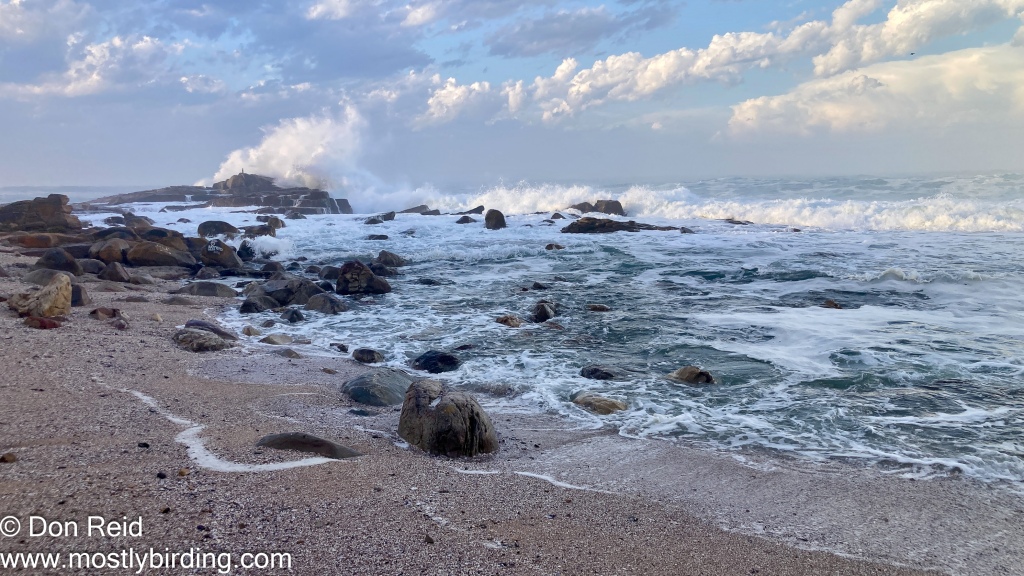
A short breakaway trip to Plettenberg Bay (Plett for short) was an opportunity to explore another part of the beautiful Garden Route and stop at scenes like this
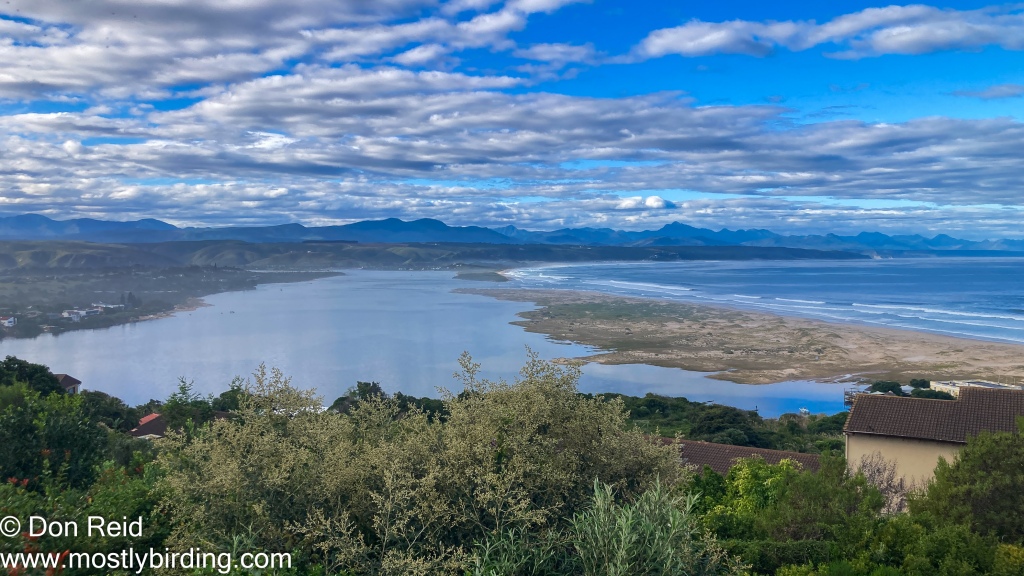
While in Pretoria for our final packing I went out atlasing with friend Koos (the lone figure in the photo) – this was taken as the sun rose on a cold winter morning over the grassland east of Pretoria
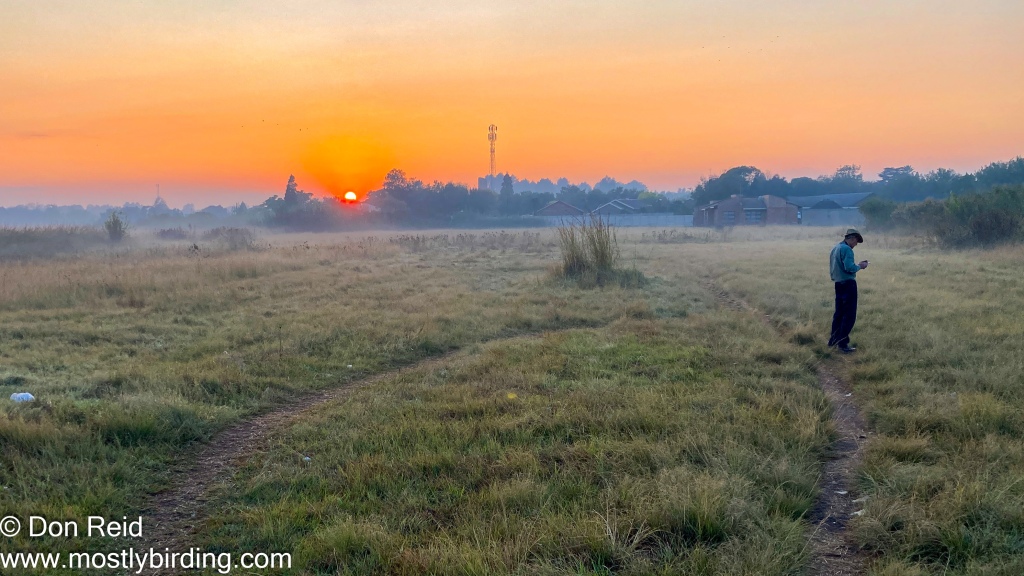
And then came the Scotland trip where I was spoilt for choice when it came to striking scenery – here is a selection of the places I visited or simply stopped to admire
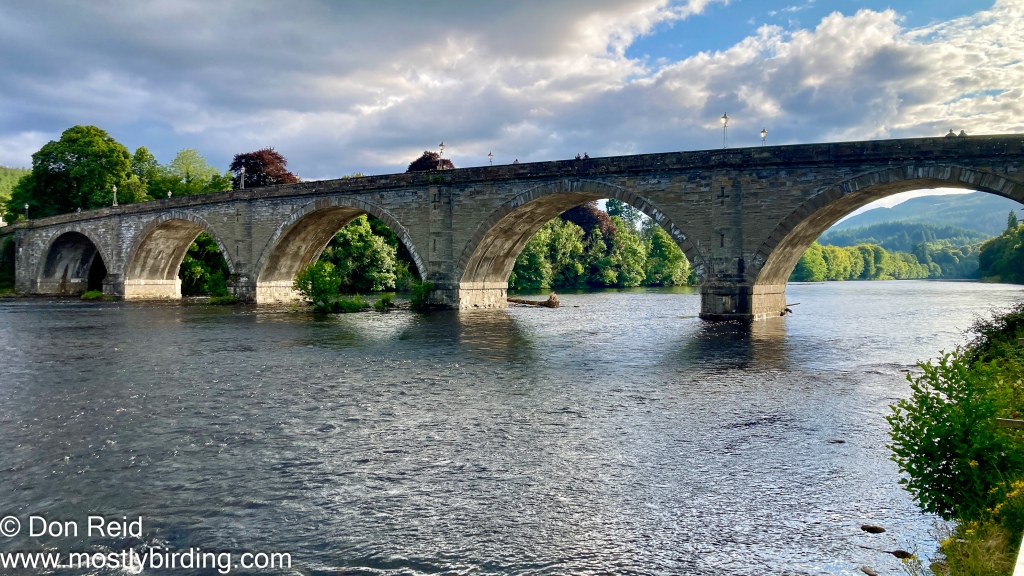
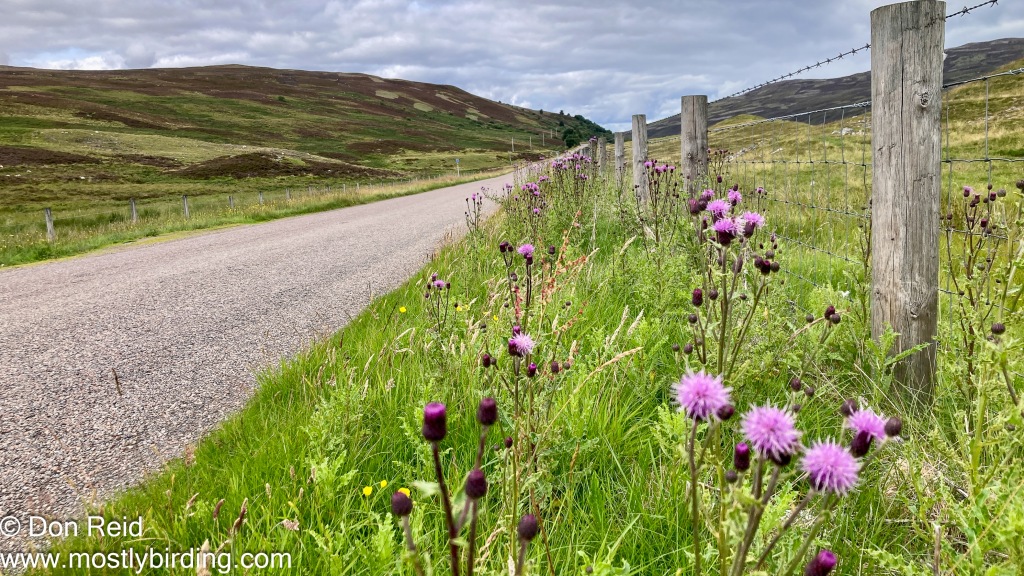
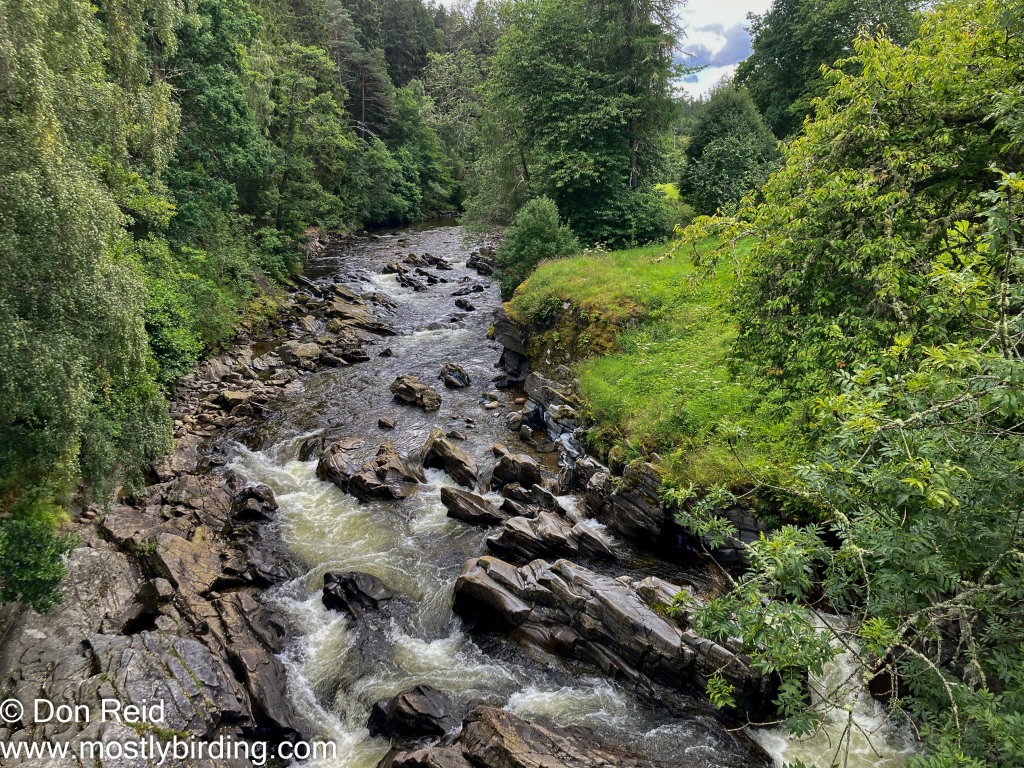
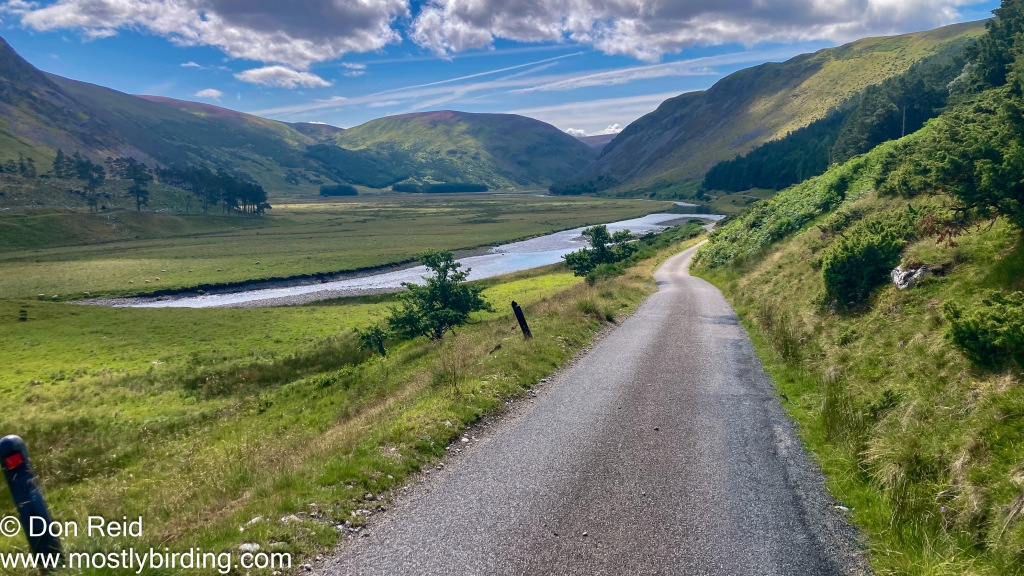
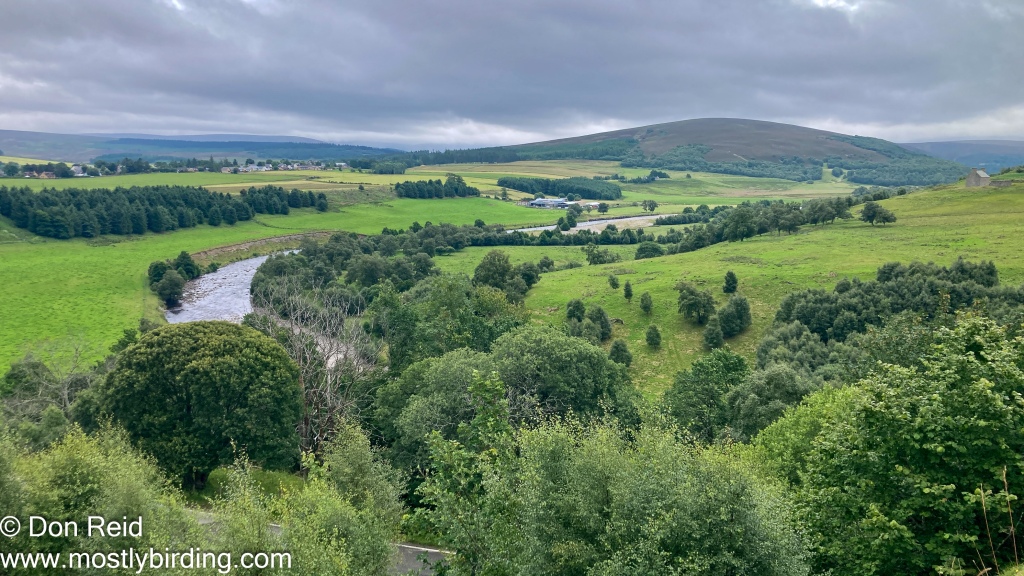
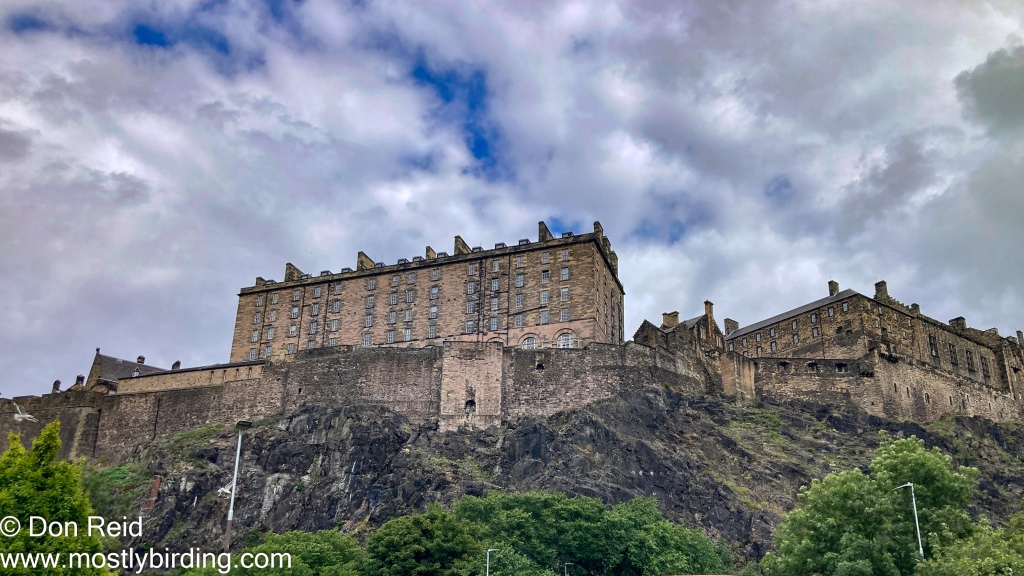
The Birds
I spend a lot of my photographic energies on capturing images of birds, often with mixed results. These are some of the better ones
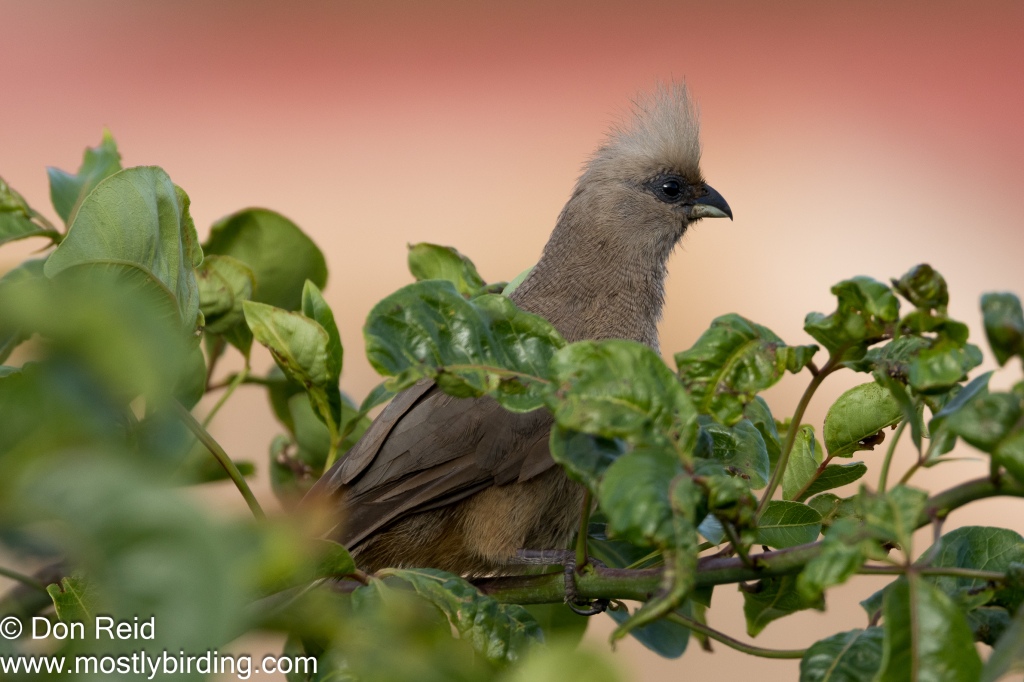
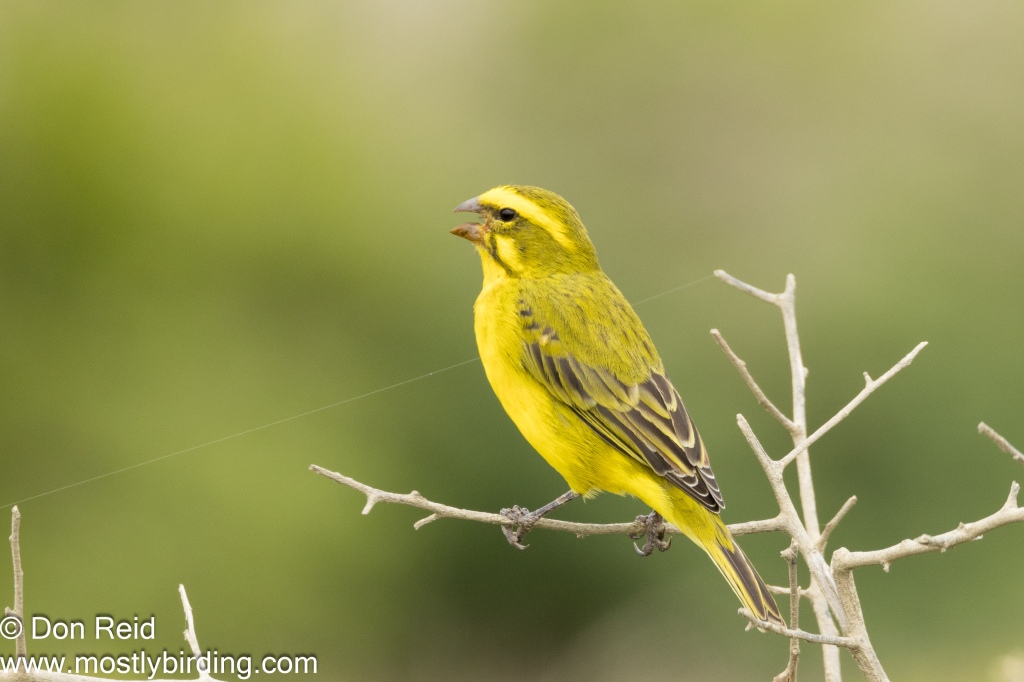
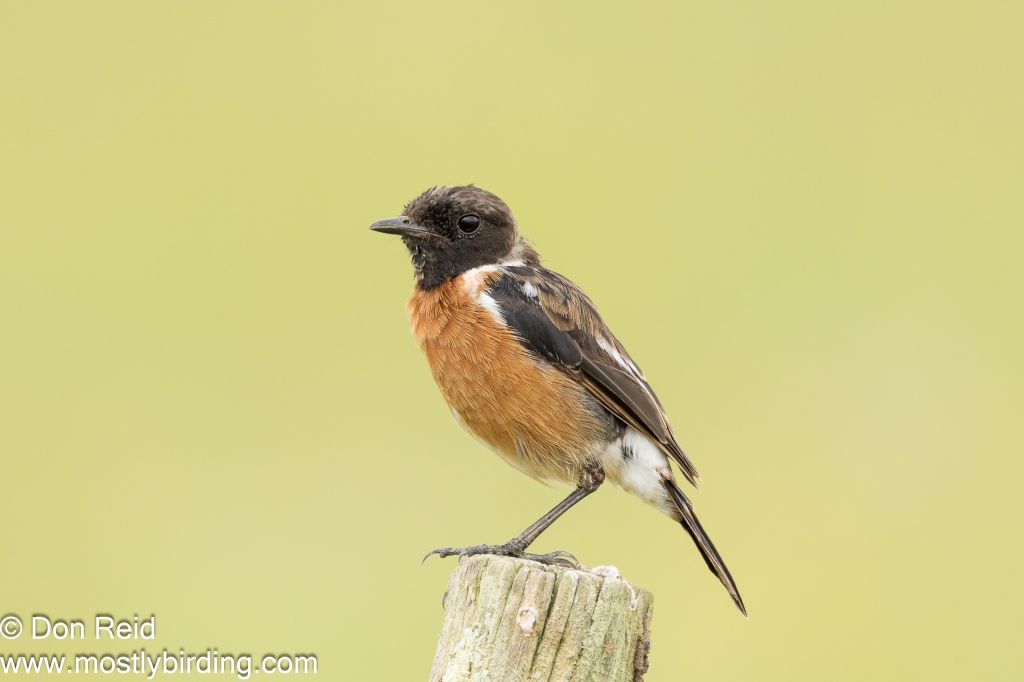
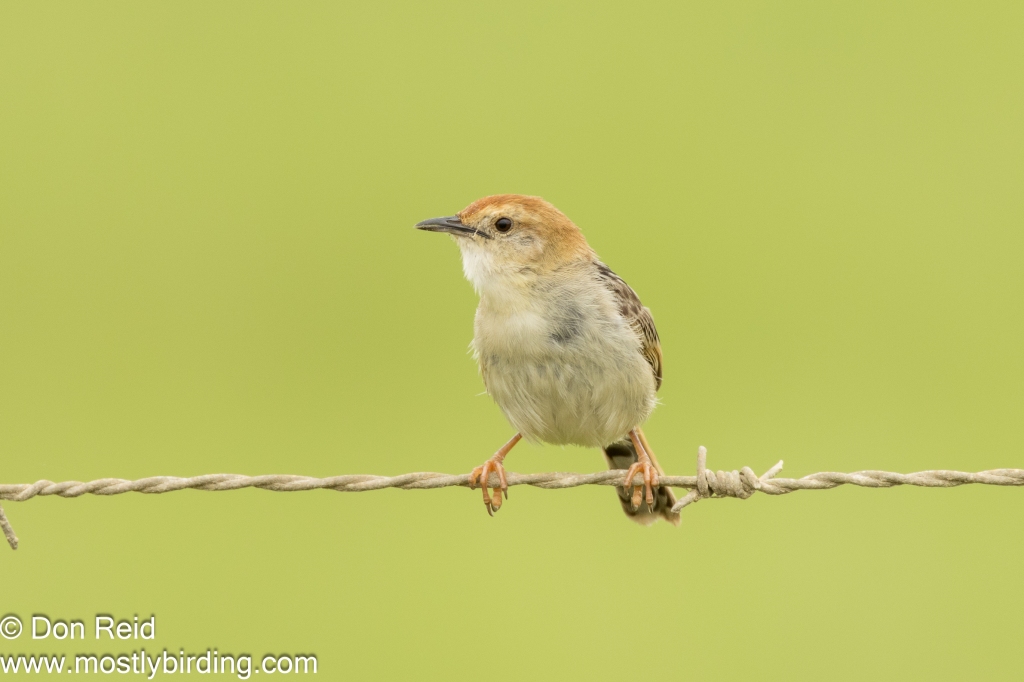
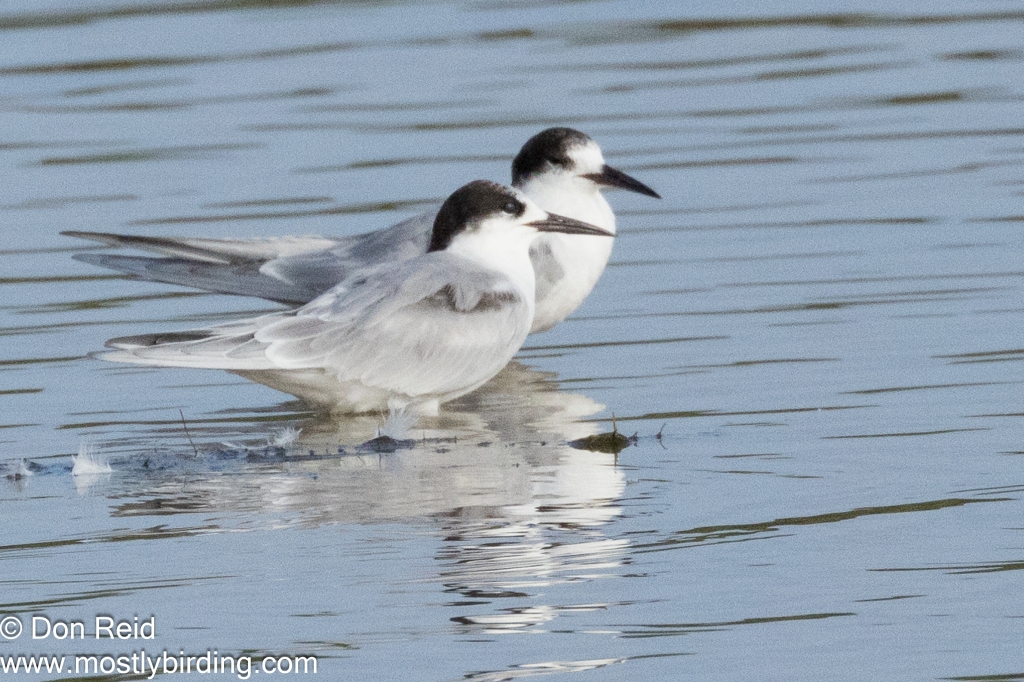
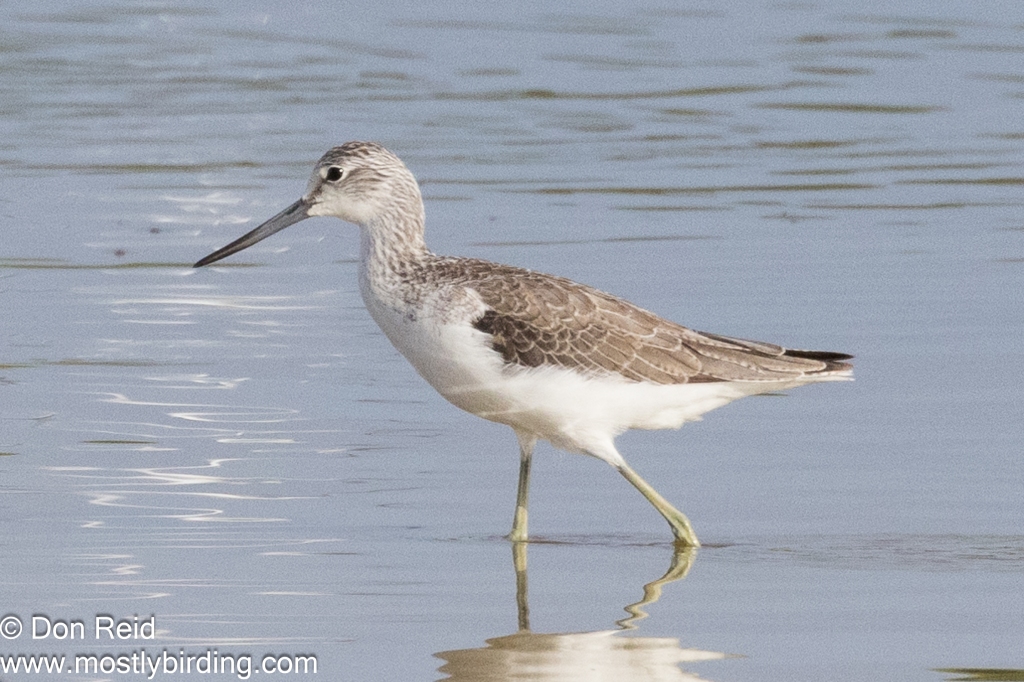
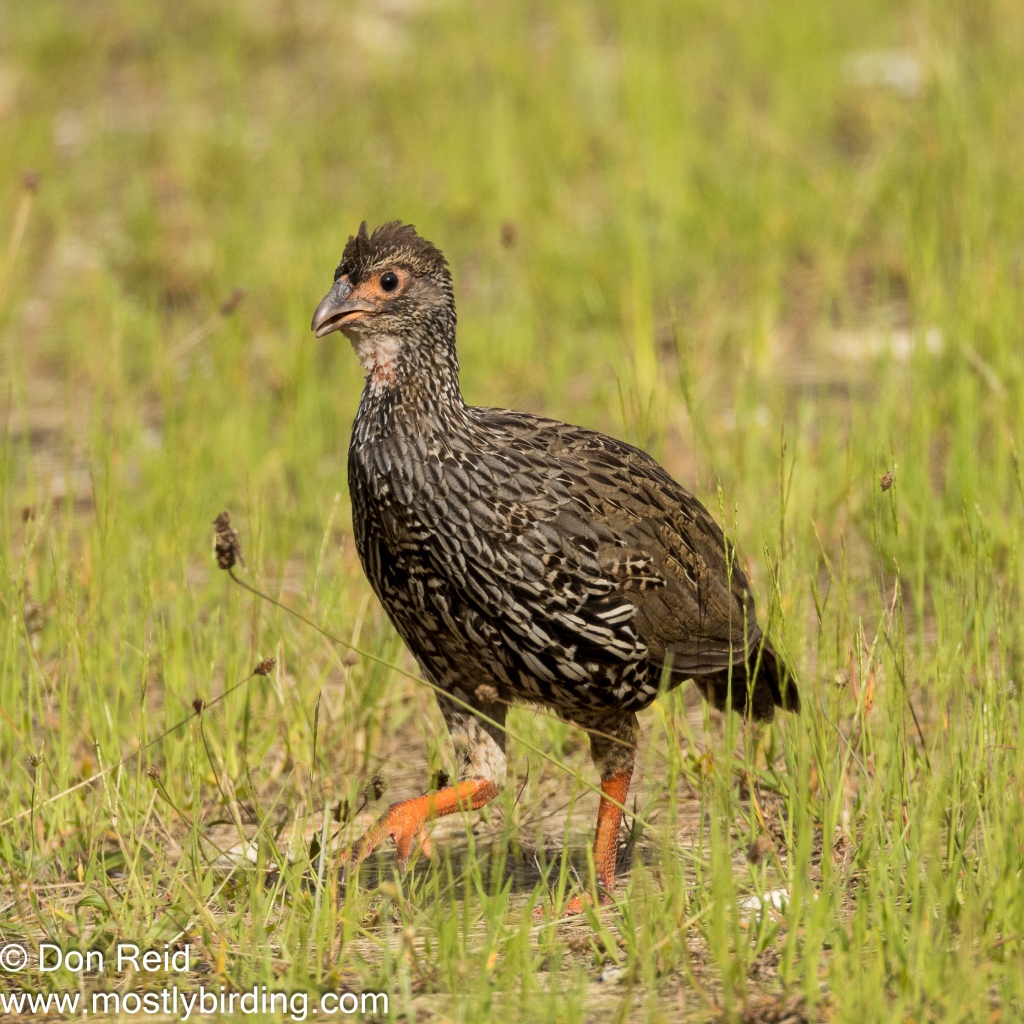
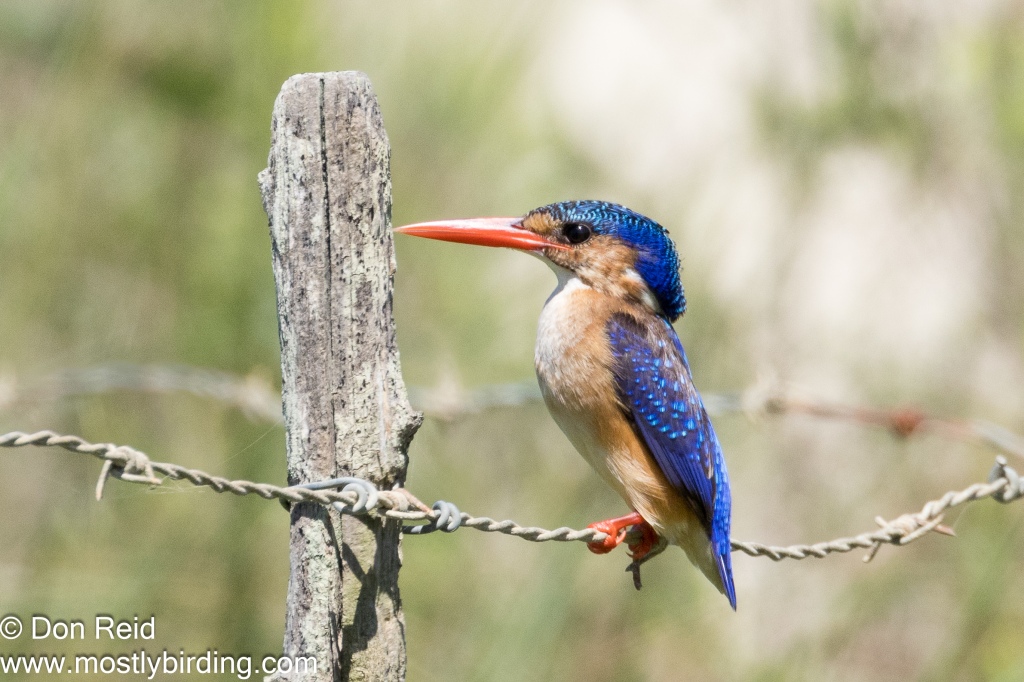
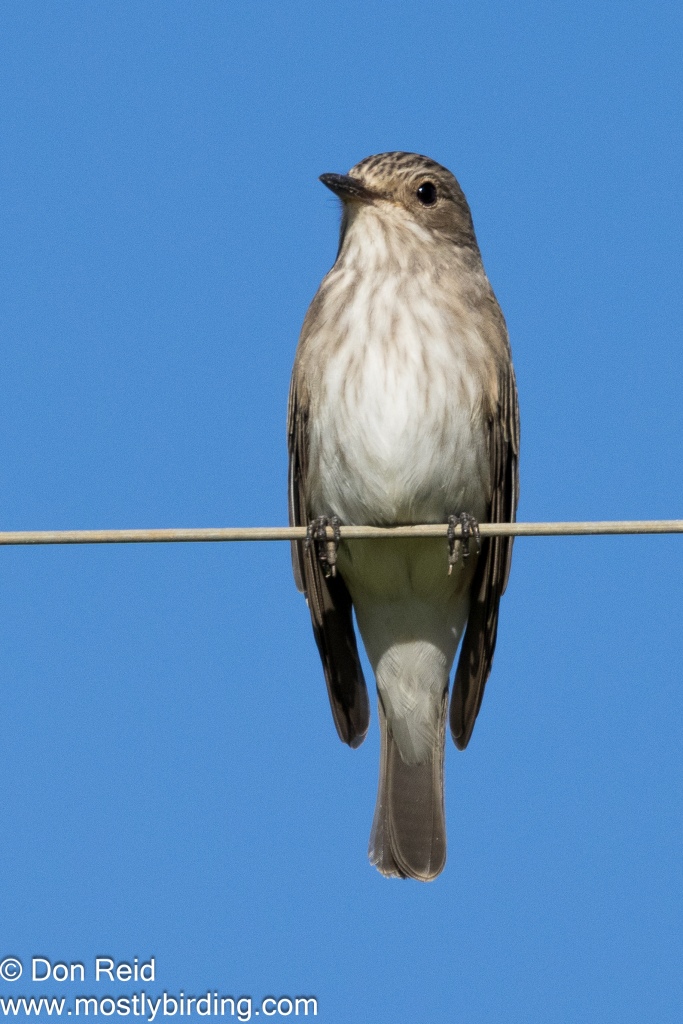
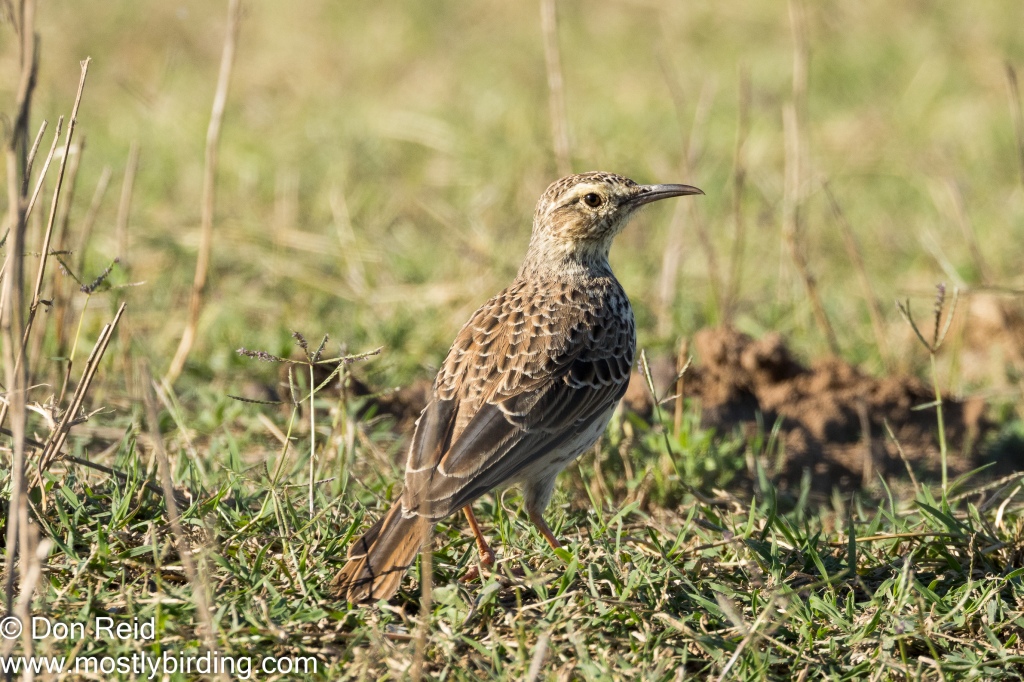
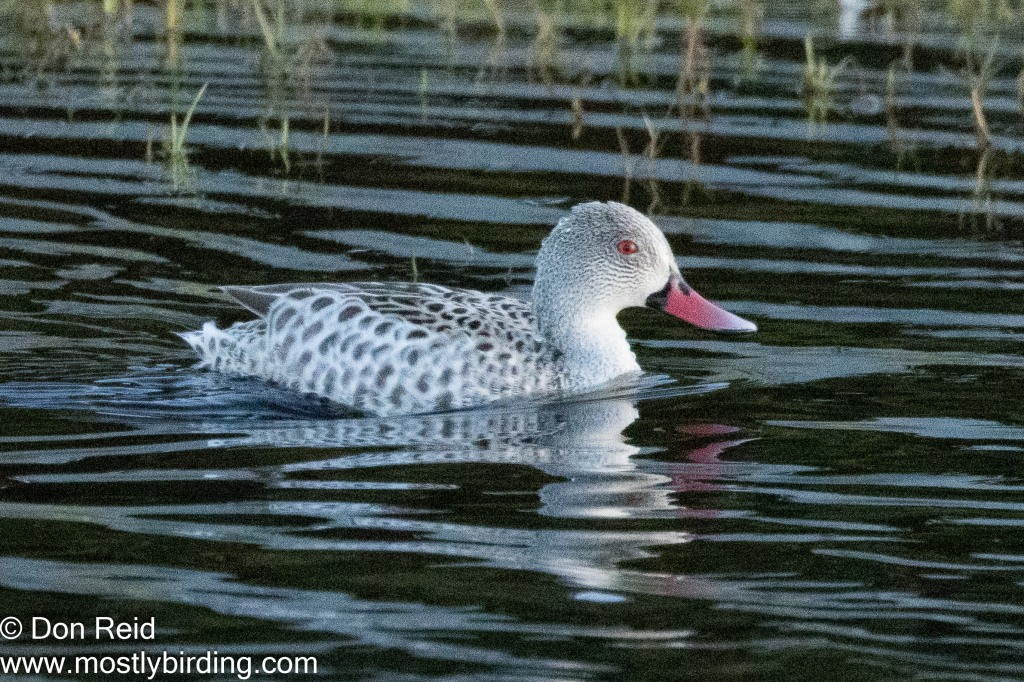

Have a closer look at what this Little Egret has caught
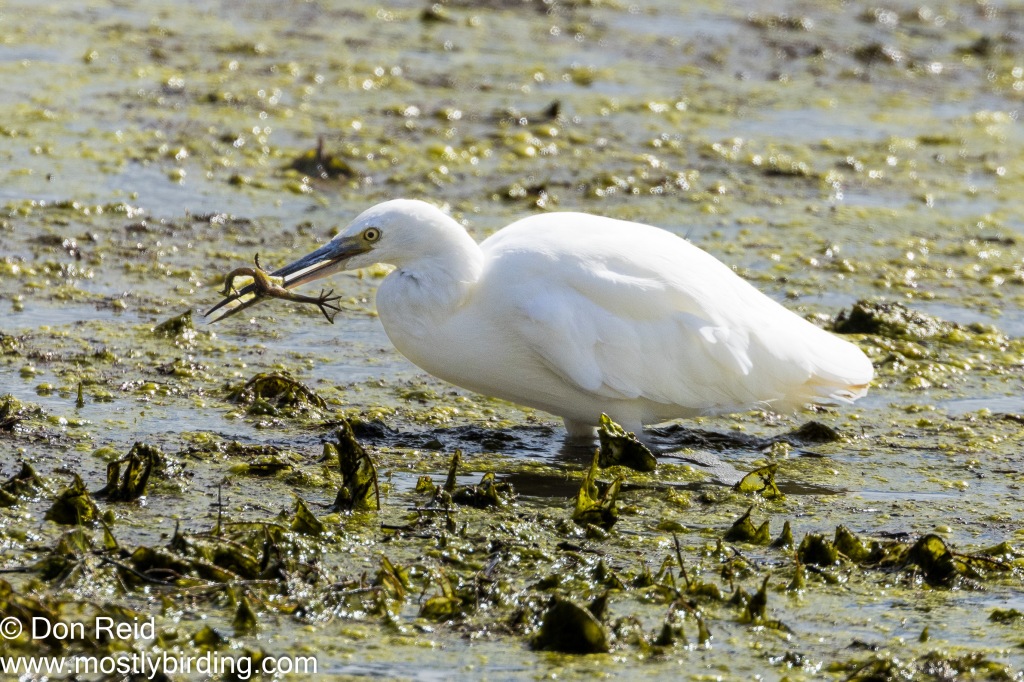
On one of my last atlasing outings for the year I came across this delightful pair of protective Blue Cranes looking after junior
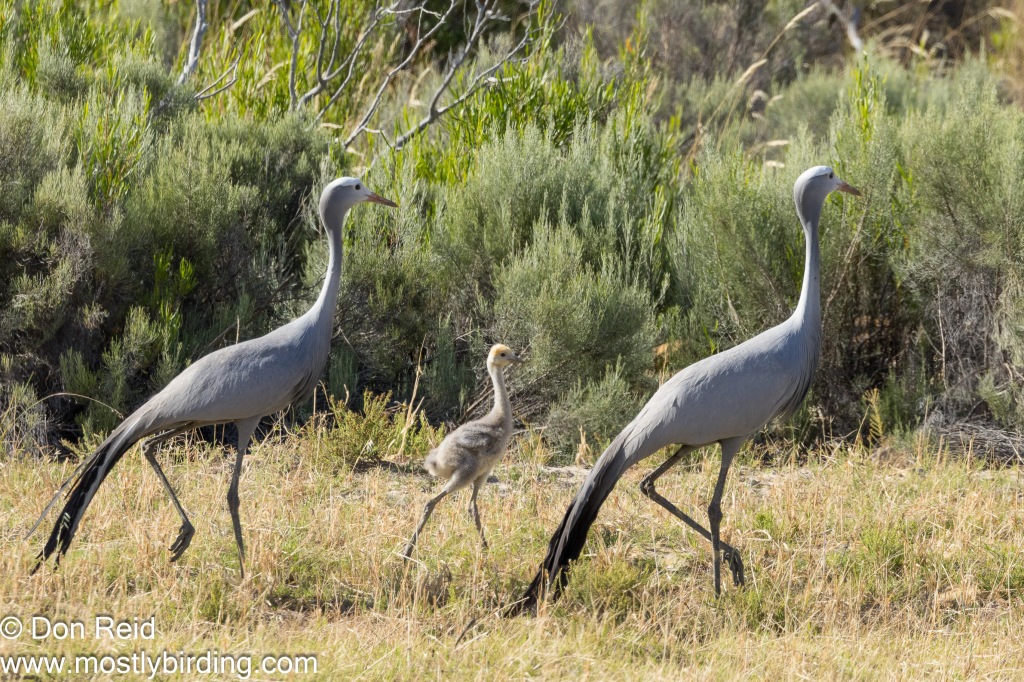
My trip to Scotland was a great opportunity for some birding in a different environment and I grabbed the chance with both hands
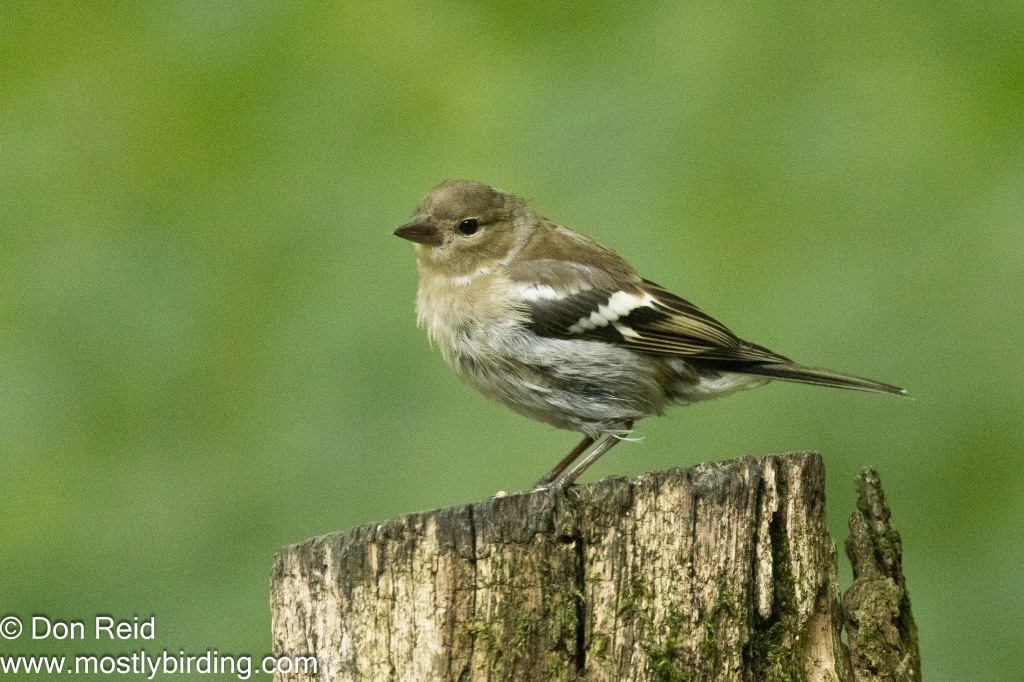
This is a sight we don’t get to see in southern Africa – a juvenile Osprey at the nest, waiting to be fed
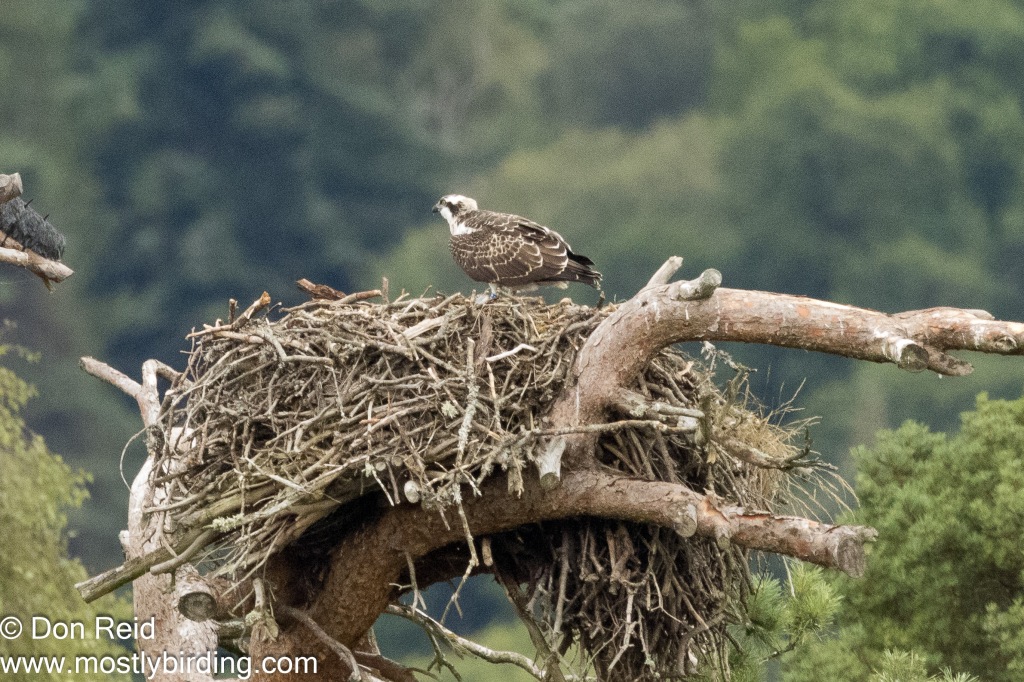
This cheeky Robin hopped onto the table at a roadside service centre where I stopped for coffee
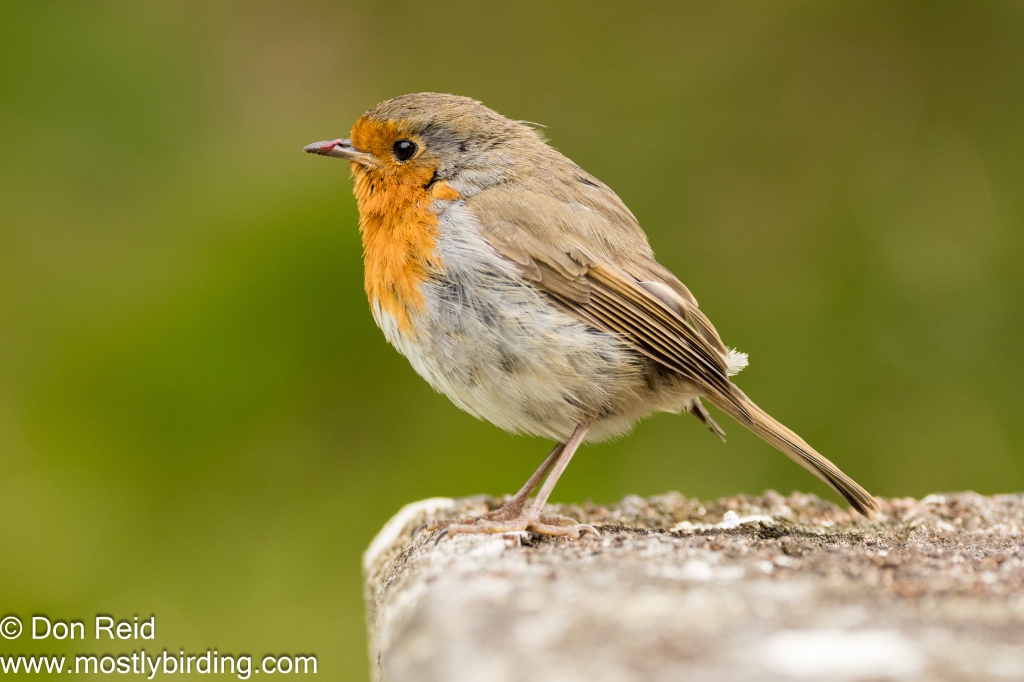
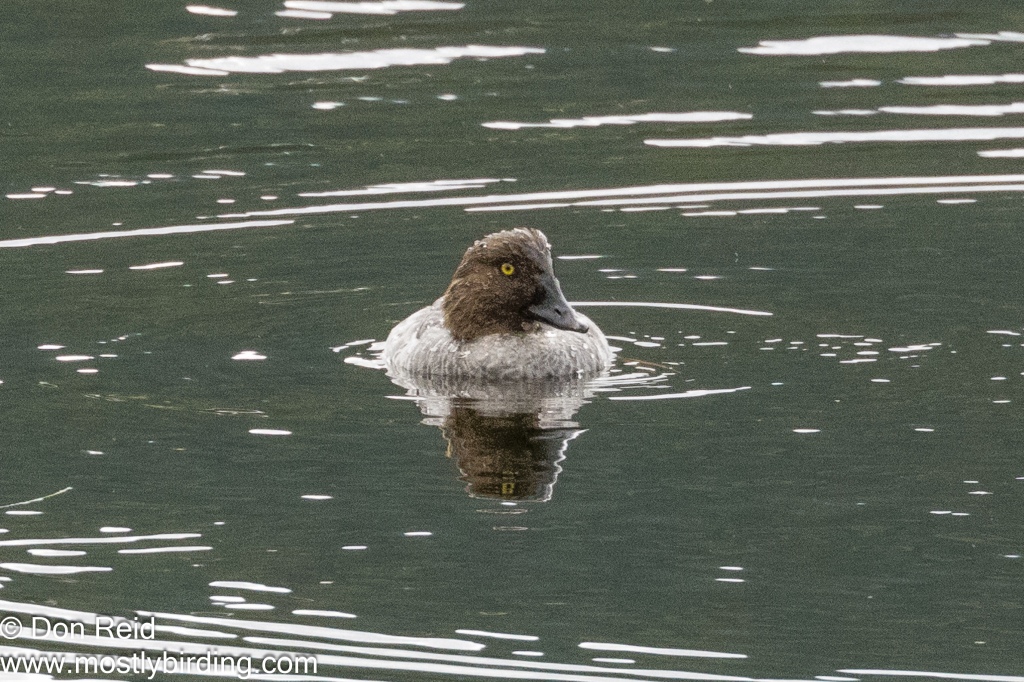
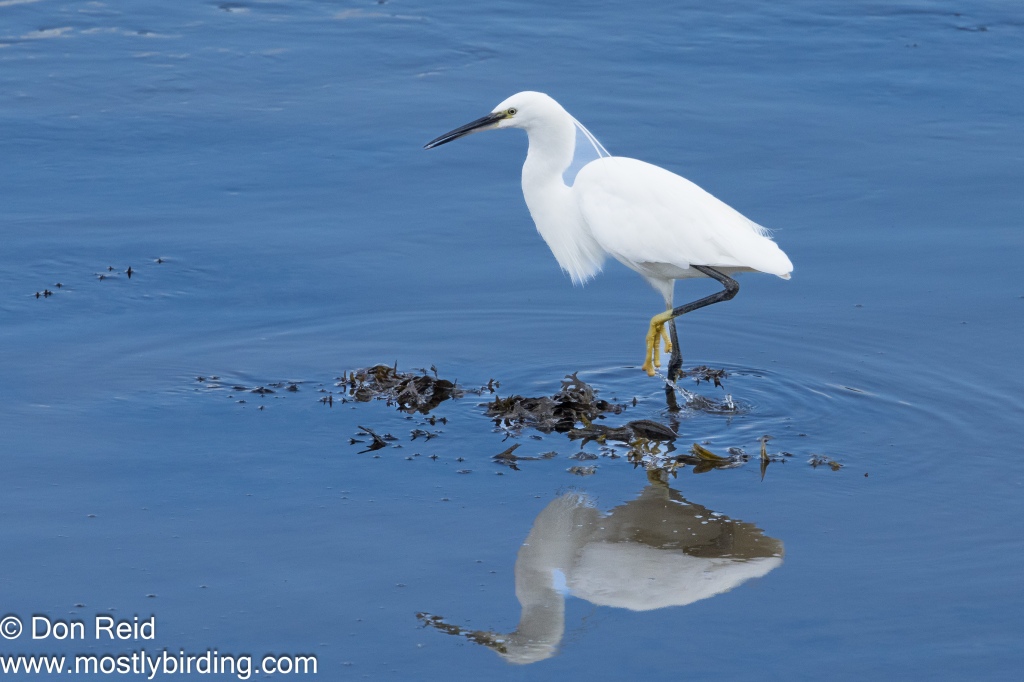
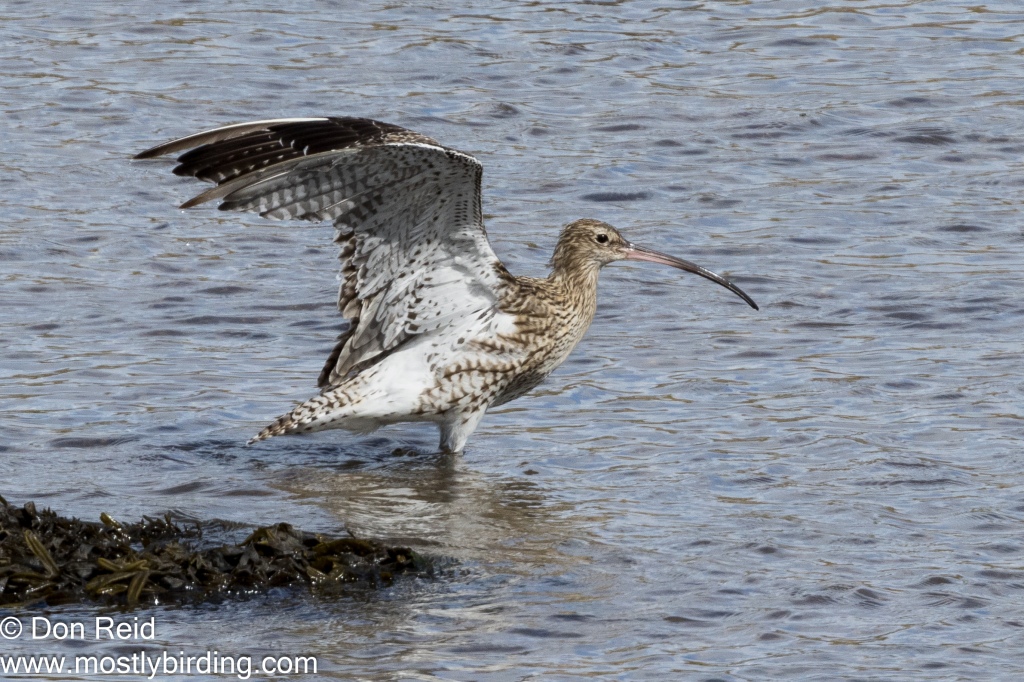
It was a special treat to see Common Redshanks by the hundred at River Eden Estuary – this is a bird rarely seen in southern Africa
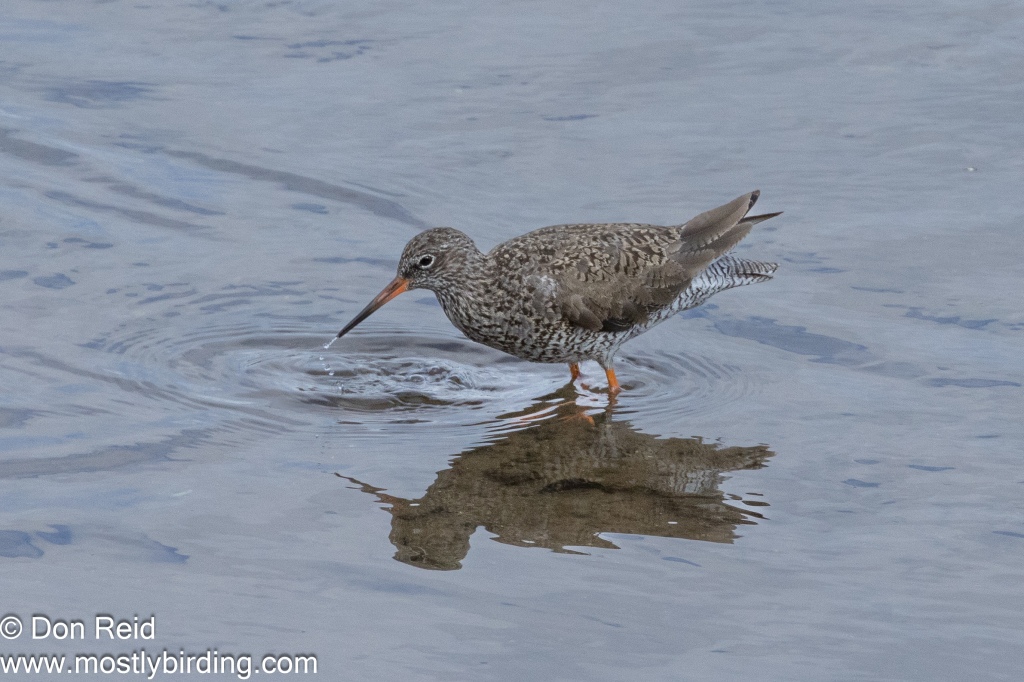
The Mossel Bay area attracted a few rare vagrants during the year and I was happy to be able to see them and get some reasonable photos
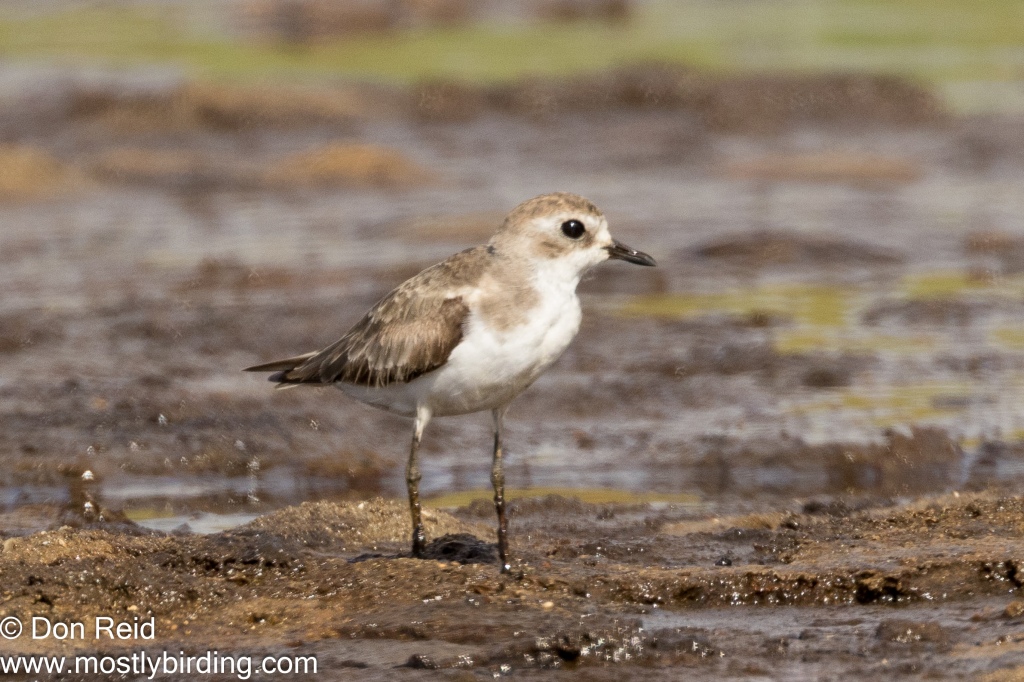
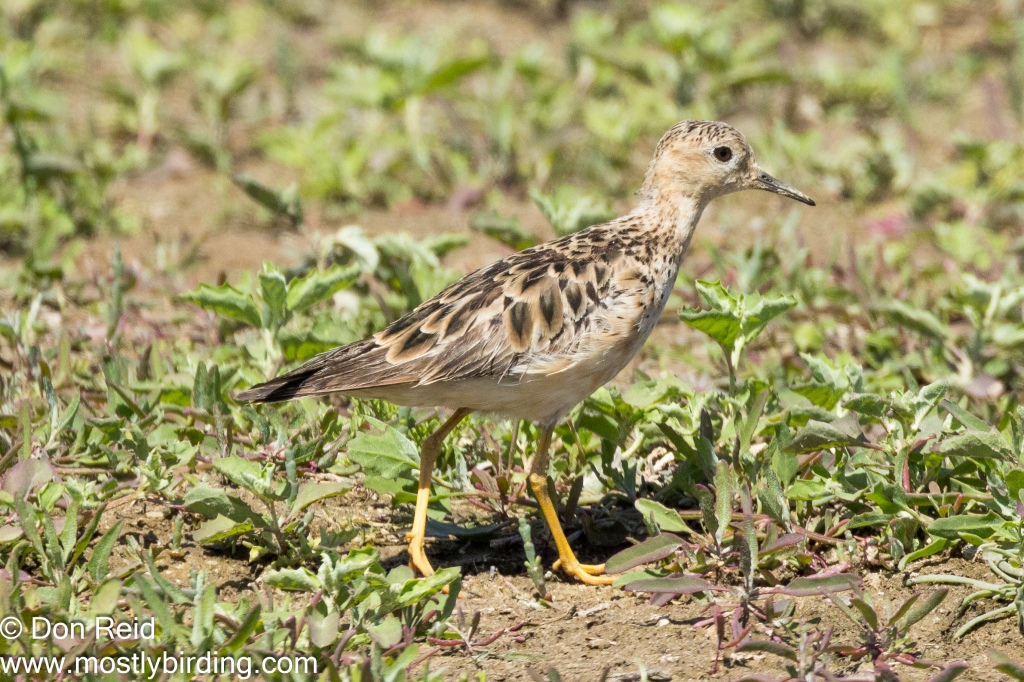
Birds in Flight
Birds in flight – or BIF as it’s known – is the most challenging aspect of bird photography, with a success rate of about 1 usable image for every 30 taken, based on my experience. In the same way as golfers seek the perfect shot and surfers the perfect wave, so are bird photographers always on the look out for a better photo.
Here are some of the year’s BIF images that worked
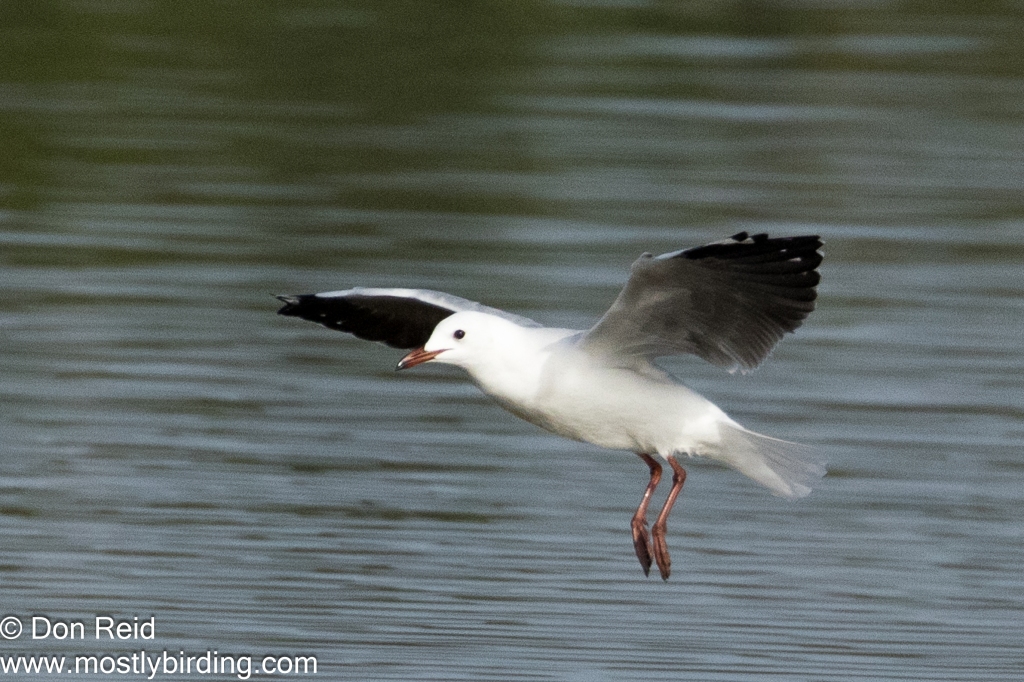
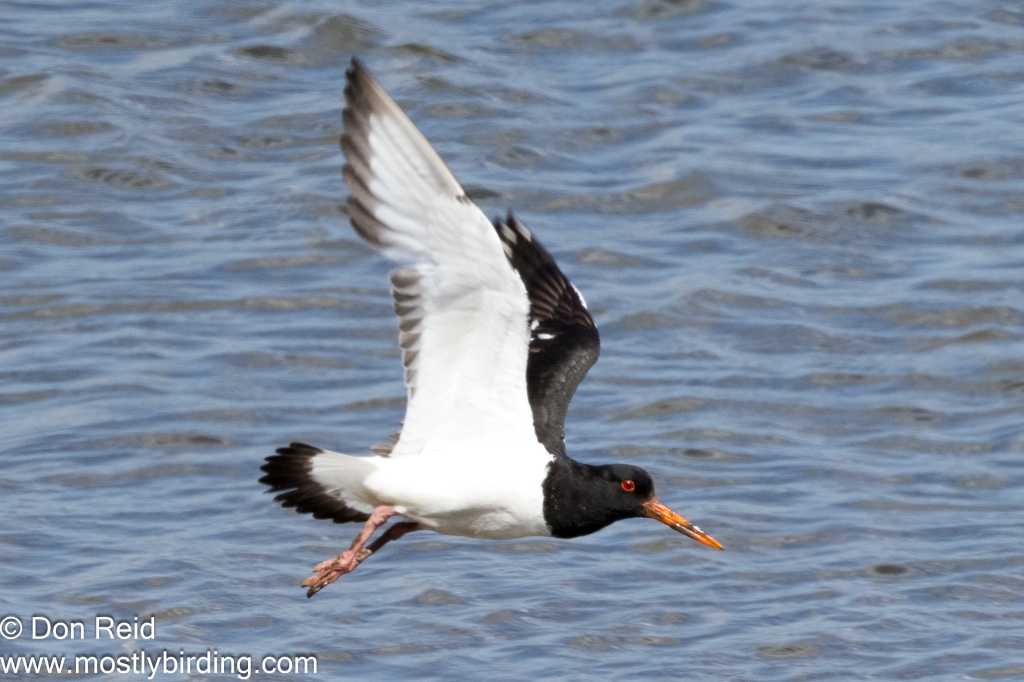
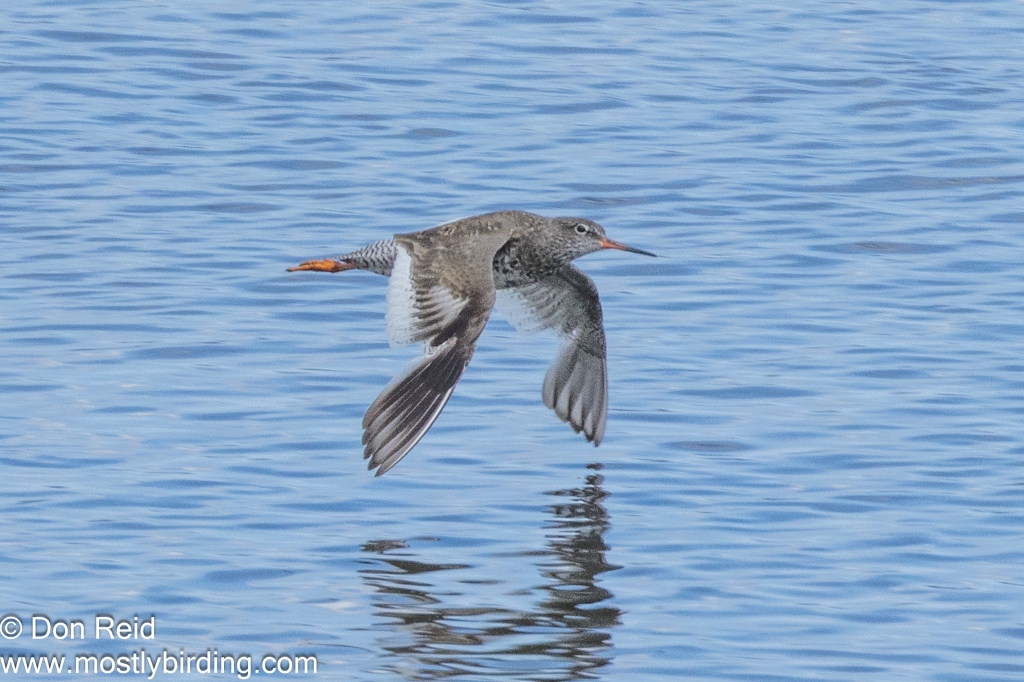
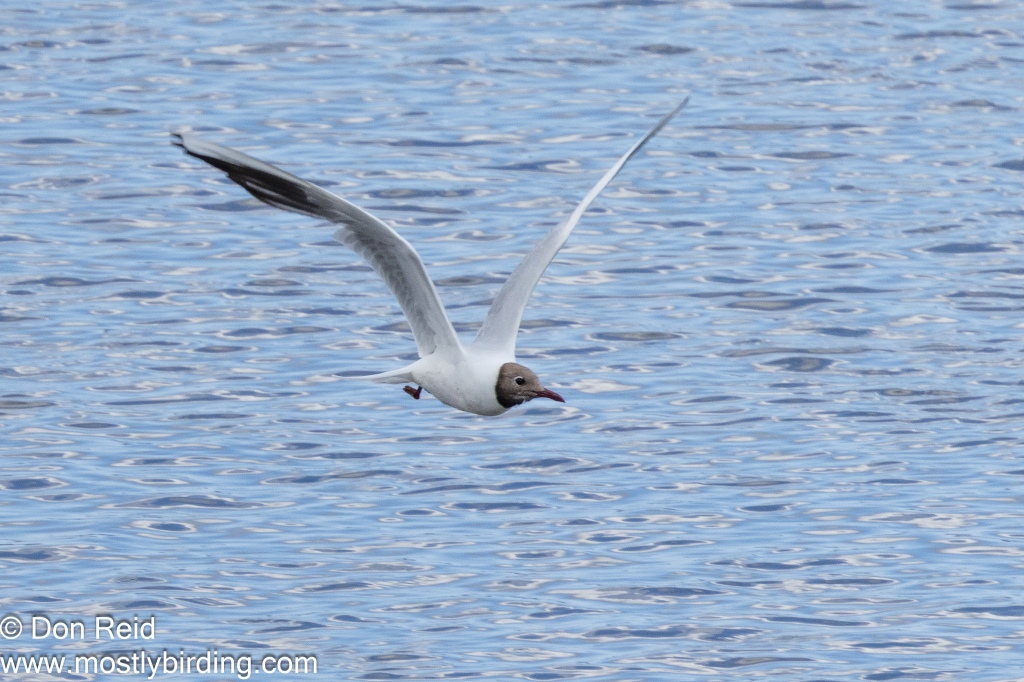
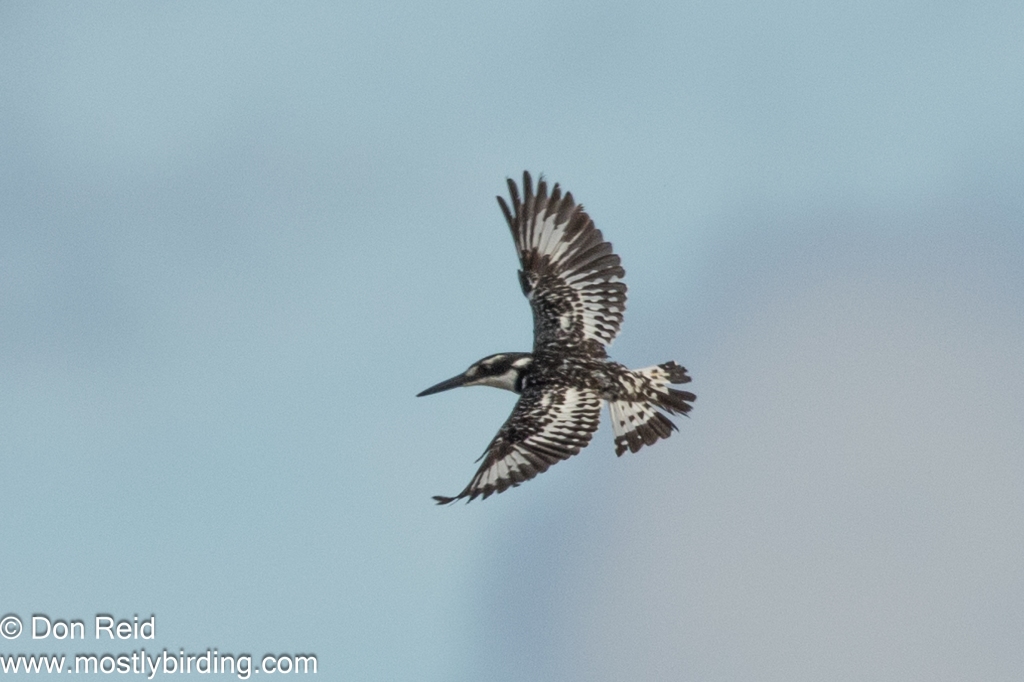
A different view of a Sacred Ibis – it was soaring like an eagle
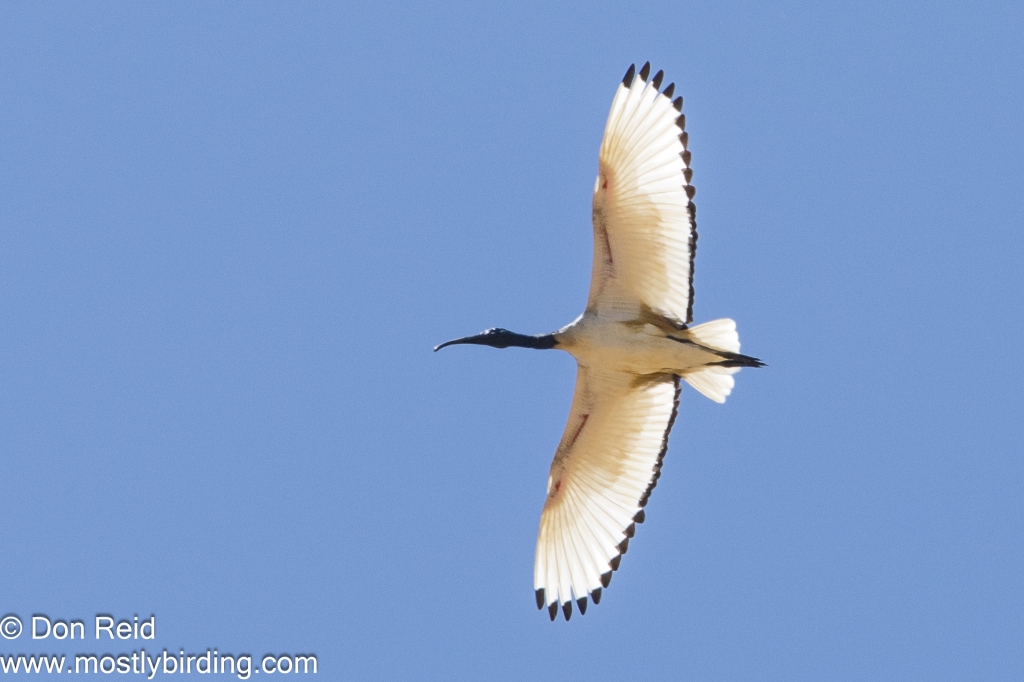
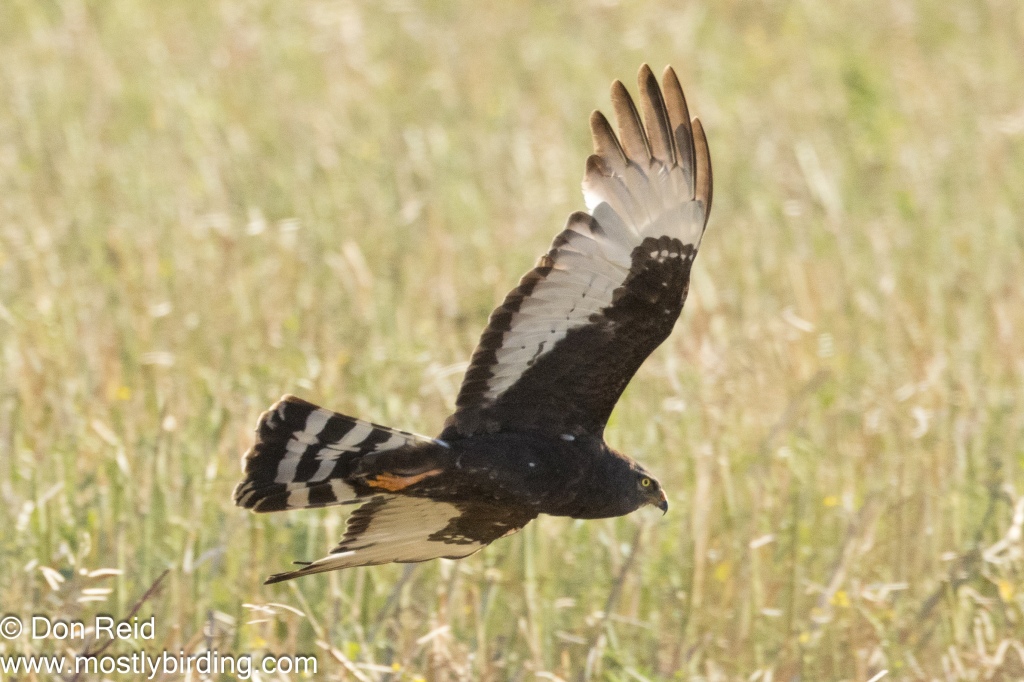
The Wildlife
As I mentioned we did not get to visit a single national park during the year so I had to be content with some not-so-wildlife ….
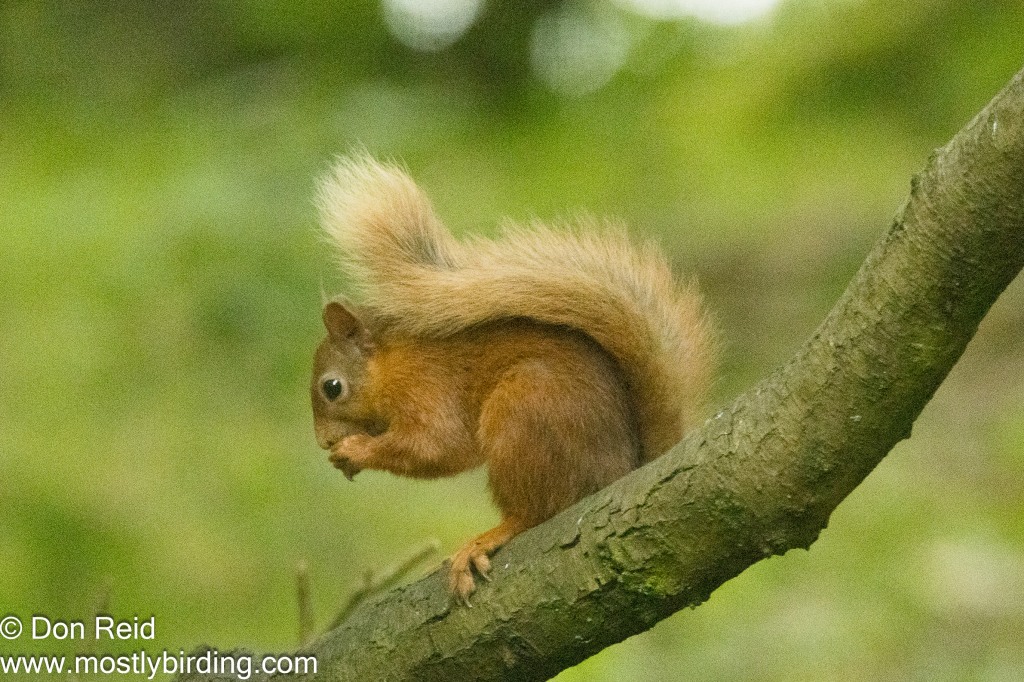
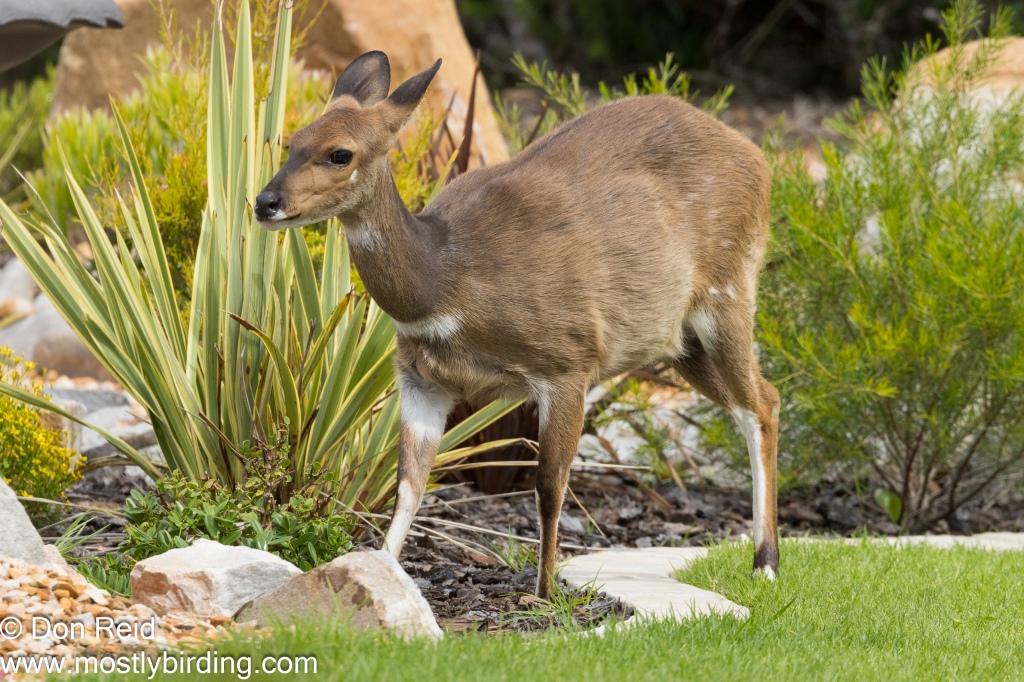
The Other Stuff
South Africa’s infamous load shedding (electricity cuts) got worse this past year – I took this photo in our local supermarket just after the main lights went off, before the generators kicked in
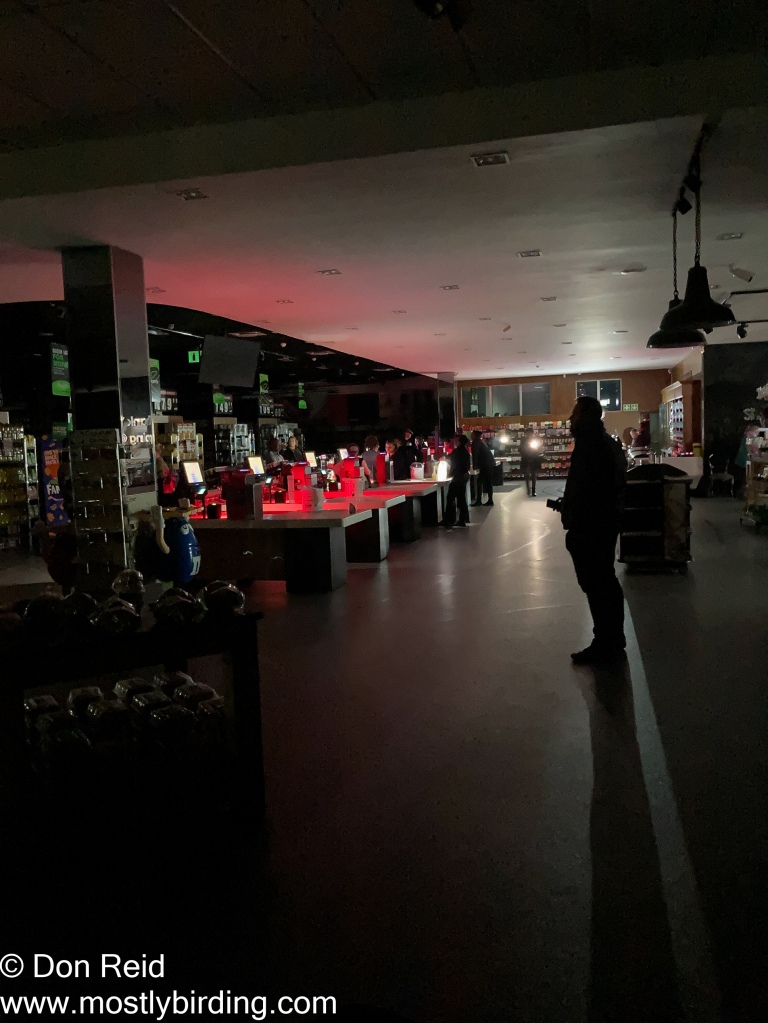
This unusual image was taken in a local nature reserve after a heavy rainstorm, which swept a variety of debris down the stream that runs through the reserve ….

And finally, a quirky decorative topping to the post box in a Scottish village
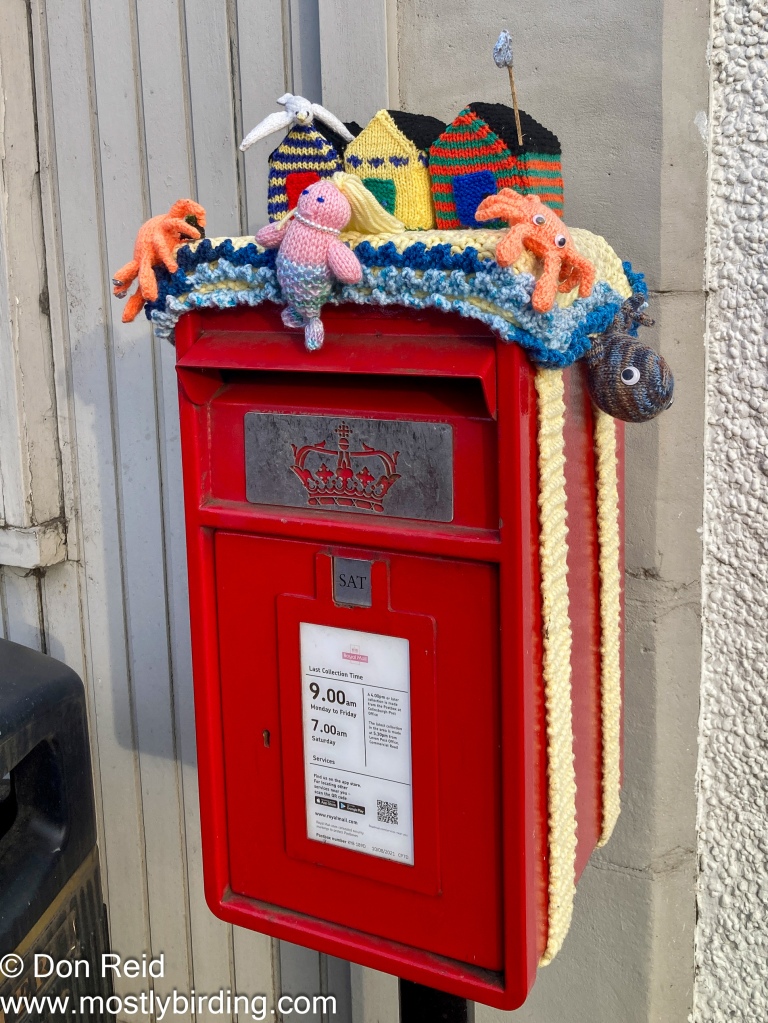
I can’t imagine a life without photography .. or birding of course
